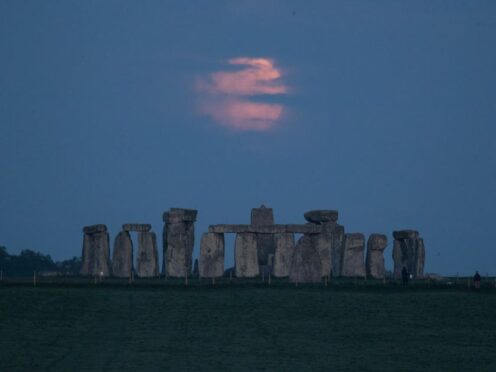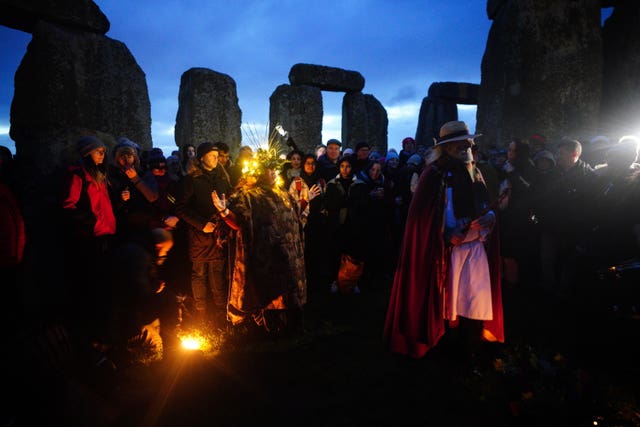
Researchers are looking into a possible link between the formation of Stonehenge and the positions of the Moon in the night sky.
English Heritage will work with experts at four other leading institutions on the project to investigate if the landmark’s stones align with the Moon during the upcoming “major lunar standstill”.
The phenomenon, which occurs every 18.6 years, sees the northernmost and southernmost positions of the Moon rising and setting at their furthest apart.
It is hoped the research will shed some light on whether these lunar movements could have influenced Stonehenge’s design and purpose.
Could Stonehenge have been carefully designed to align with the Moon, as well as the sun? 🌙
2024 is a special year as a Major Lunar Standstill approaches, a period when moonrise and moonset are further apart along the horizon.
📷: Grant Privett pic.twitter.com/5f7wOuFtht
— Stonehenge (@EH_Stonehenge) April 15, 2024
With the standstill happening so rarely, it is thought the event may have marked huge celebrations of religious, spiritual and social significance in ancient times.
Stonehenge’s links with another celestial body, the Sun, are well documented, with the monument built on the alignment of the midsummer sunrise and the midwinter sunset.
While the cycle of the Sun takes roughly one year, the Moon has both a shorter cycle that completes every month and the major lunar standstill.
During the standstill the Moon rises and sets at a place on the horizon that the Sun never reaches.
Jennifer Wexler, English Heritage historian for Stonehenge, said: “Rarer even than once in a blue moon, this opportunity allows us to delve deeper into the monument’s ancient mysteries and its relationship with celestial phenomena.

“We’ll be inviting the public to join us through a series of events this year as we take one more small step towards unravelling of the secrets of Stonehenge.”
Experts from the universities of Oxford, Leicester and Bournemouth and the Royal Astronomical Society will help with the project, with research starting this spring and continuing up to the middle of 2025.
The southernmost moonrise at Stonehenge will be livestreamed by English Heritage for members of the public to watch.
Dr Amanda Chadburn, visiting fellow at Bournemouth University and a member of Kellogg College at the University of Oxford, said: “Observing this connection first-hand in 2024 and 2025 is crucial. Unlike the Sun, tracking the Moon’s extremes isn’t straightforward, requiring specific timing and weather conditions.
“We want to understand something of what it was like to experience these extreme moonrises and sets and to witness their visual effects on the stones (for example, patterns of light and shadow), and consider modern influences like traffic and trees, and to document all of this through photography for future study.”
Clive Ruggles, Emeritus Professor at Leicester University, said: “Stonehenge’s architectural connection to the Sun is well known, but its link with the Moon is less well understood.
“The four Station Stones align with the Moon’s extreme positions, and researchers have debated for years whether this was deliberate, and — if so — how this was achieved and what might have been its purpose.”

Enjoy the convenience of having The Sunday Post delivered as a digital ePaper straight to your smartphone, tablet or computer.
Subscribe for only £5.49 a month and enjoy all the benefits of the printed paper as a digital replica.
Subscribe